Imamiya Jinja Shrine is a historic shrine that has been in operation since the Heian period. The Aburi mochi rice cake stores outside the shrine grounds has also been in business for over 1,000 years.
History of Imamiya Jinja Shrine
In the area where Imamiya Jinja Shrine is located, there was a shrine dedicated to the god of plague, Susanoo, before the capital was moved to Heian in 794. 994, when a large-scale epidemic broke out, the Imperial Court built two portable shrines to carry the god of plague, which was worshipped in the area, and held musical offerings and other ceremonies. This event is said to be the origin of the Imamiya Shrine Festival.
In 1001, there was another epidemic, so the Imperial Court built a shrine, a tamagaki (a wooden fence around a shrine), and a portable shrine built at this site. Then the court named it Imamiya Shrine. Imamiya Shrine enshrines three deities: Ohonamuchi no Mikoto, Kotoshironushi no Mikoto, and Kushinadahime no Mikoto.
The shrine building was destroyed by fire in 1896, but was rebuilt in 1902. Therefore, the buildings you see now are not that old. So there are no particular highlights to see. But the festivals of this shrine are famous and important.
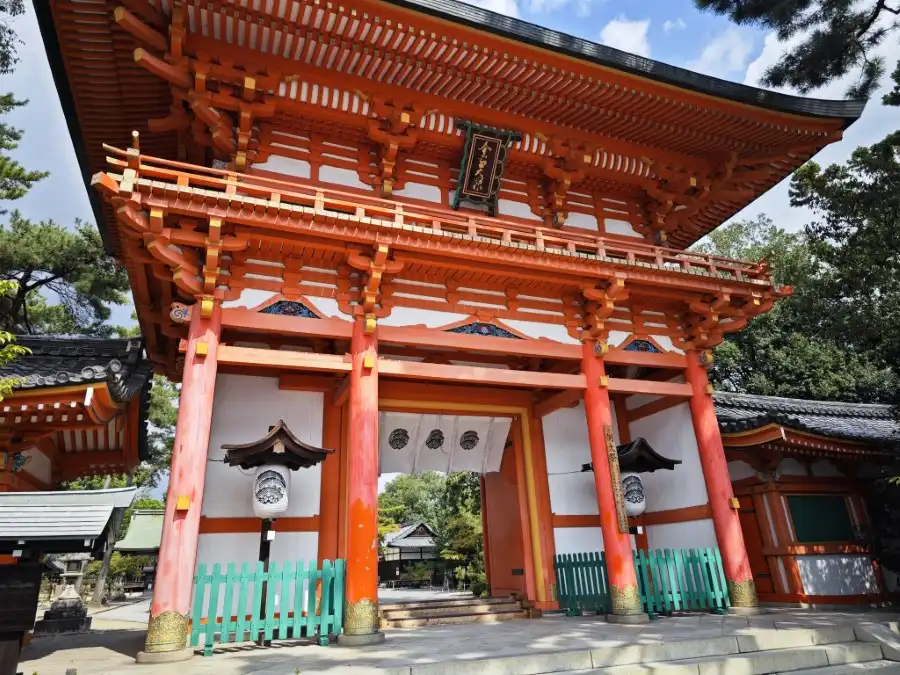
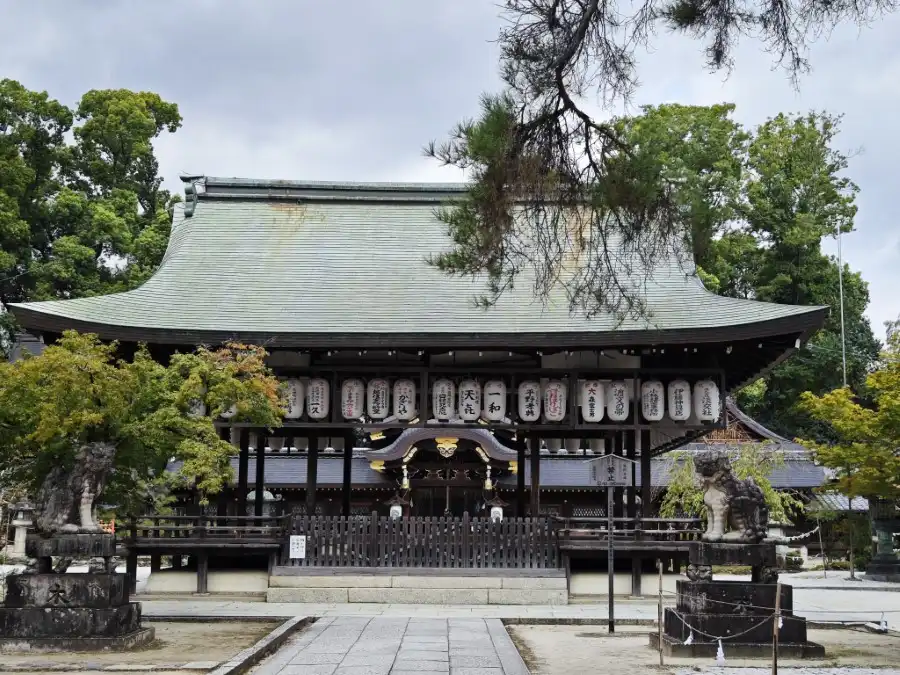


Aburi mochi shops
There are two “aburi mochi” stores on the approach to Imamiya Shrine. These are rice cakes (mochi) charcoal-grilled in the stores. Please try them.
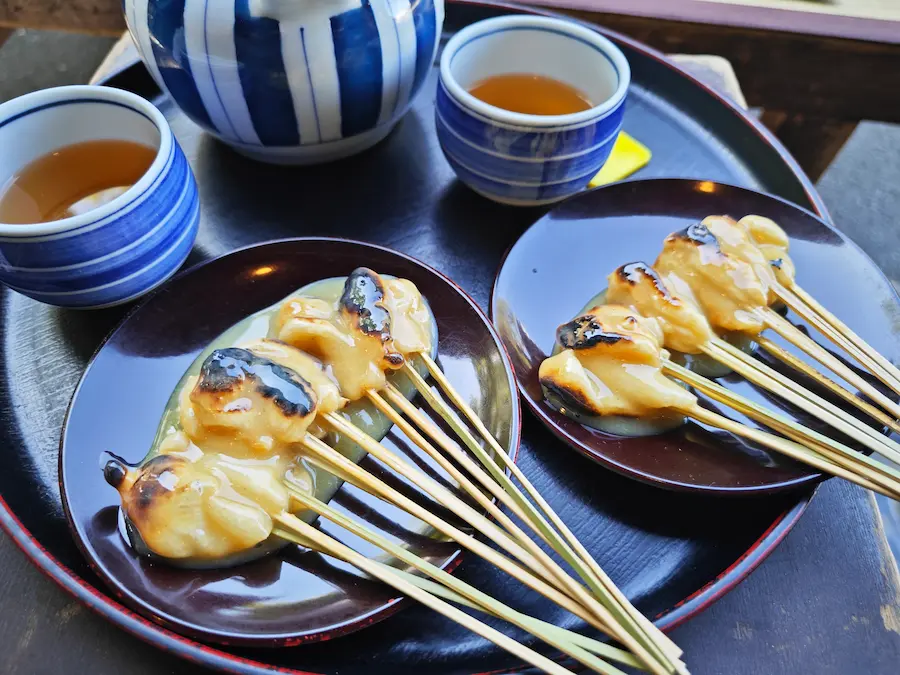
Ichimonjiya Wasuke is the oldest Japanese confectionery in Japan, having been in business since 1000 AD. Kazariya, located across the street, was founded in 1637 during the early Edo period.
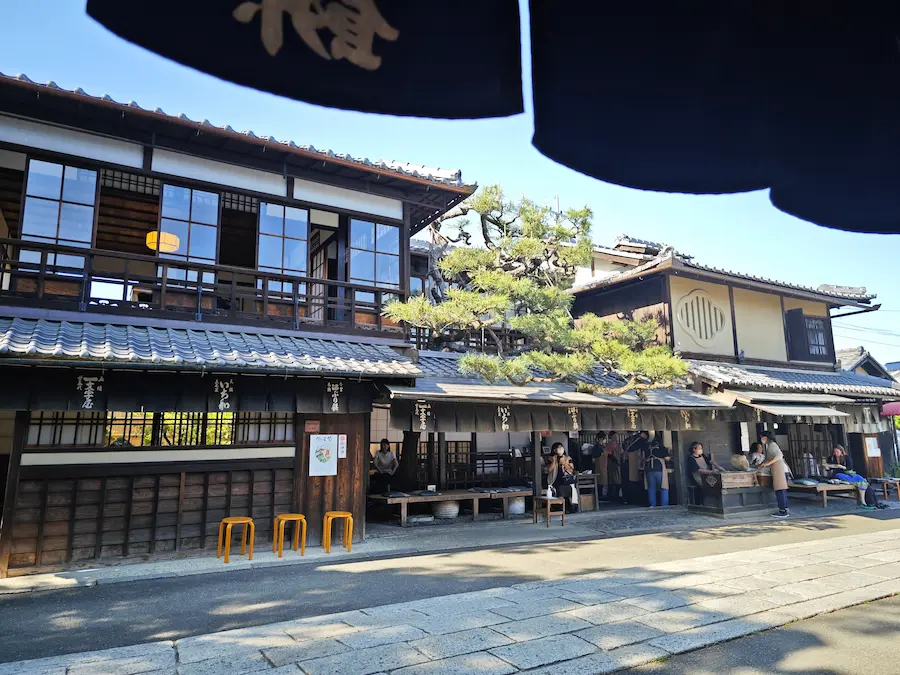
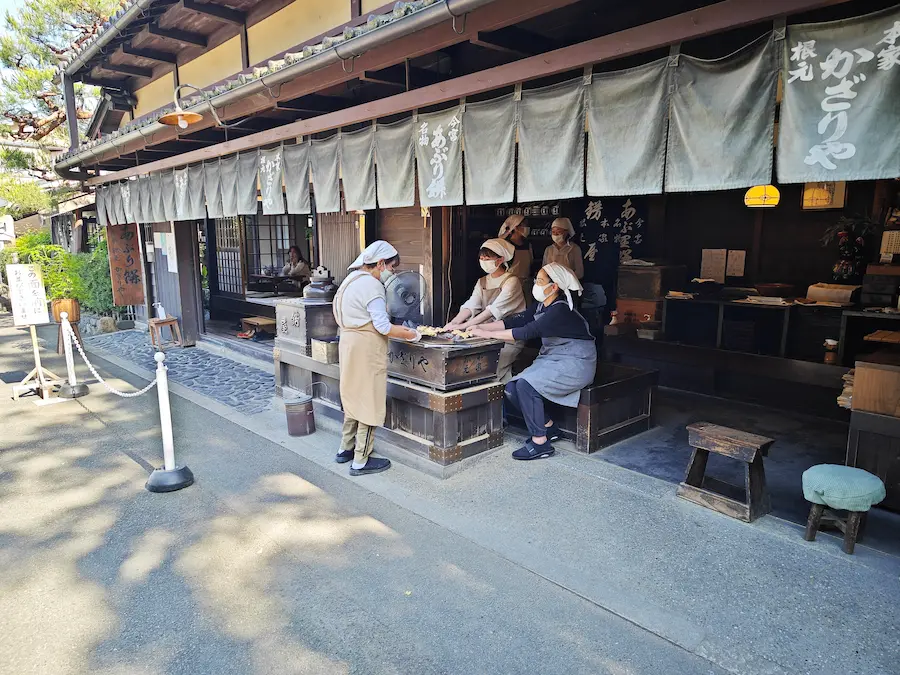
Nearby spots from Imamiya Jinja
Daitokuji Temple
Daitokuji Temple has a large complex with several buildings. Many of these are Important Cultural Properties or National Treasures.
Related articles:
[…] Imamiya Jinja Shrine is located just north of Daitokuji Temple. […]